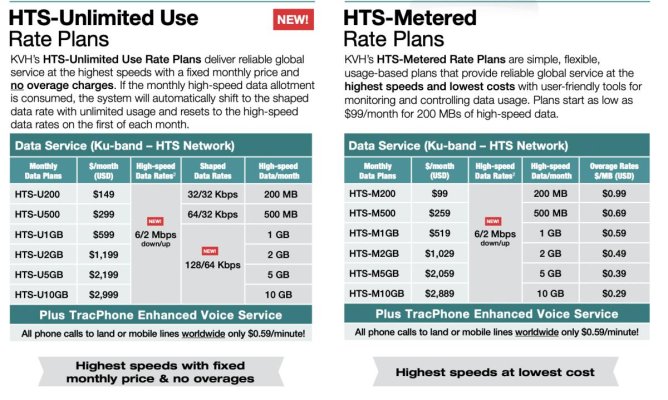KVH just announced the V30 mini Vsat terminal this week.
The M30 offers...
1. Lower cost by several thousand dollars (but it is still expensive at $11,995 MAP pricing, although dealers may sell lower they just cannot advertise lower.
2. Smaller indoor unit, reducing the volume to about the size of a home router.
3. Easier installation in that thewre is only one coax cable connecting the indoor unit to the antenna dome.
4. Improved performance. This is on many levels just like any technology advancement. One improvement for the techie types is that they now have the modem integral to the antenna dome, eliminating cable loss issues.
5. traffic allow/block at the protocol level eliminating airtime usage for things you do not need like icloud photo transfer, windows updates, etc...
6. Airtime plans that include no overage charges.
7. This is a DC system. While that makes no differenct to me, it might be a good point for boats that do not have a inverter supported AC system.
I am quite happy with this announcement and ordered one for delivery next week.
I recognize that this like all equipment will be competed with someday by other emerging technologies. but for me, today KVH offers the ability for me to run my business while cruising, which equals freedom for us. Freedom to cruise and still be in touch. Freedom to still maker a living. Freedom to cruise.
Here is a youtube video.



 You're welcome.
You're welcome.
